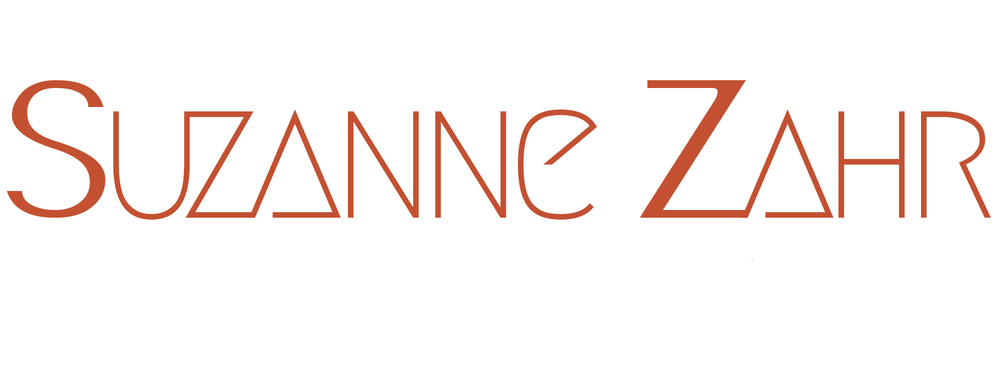Last Fall, Tommy Johnsen joined SZ Design | Build, bringing a diverse set of skills as a Project Manager to our multi-disciplinary team. He has worked in construction, I.T., media, and emerging industries and is presently managing ~4MM in active construction projects with a total portfolio of ~6MM (including projects in design and warranty). His role focuses on estimating, scheduling, sub-contractor coordination, client relations and generally bringing SZ’s architectural & interior designs to life.
Get to know Tommy through his fun & insightful responses to a few interview questions below.
What’s the most exciting part of your job?
Building relationships with trade partners and having the opportunity to leverage those resources to accomplish complex building projects is an incredibly rewarding aspect of the work I do.
What would you want people to say about you at your retirement party?
He was never afraid to try something new. When things didn't go the way he expected, he always found a way to pivot and create a new path forward.
What’s the most important thing you've ever done at work?
I'm not sure about the most important thing I've done, but the three most important things I do in my role as a project manager is to keep projects on schedule, within budget, and communicate clearly with all stakeholders.
What’s your ideal work-life balance?
I tend not to think of work and life separately. A lot of our life we spend at work, so it's important to do work that challenges and rewards us--something that we love. At the same time, it's important that we have time to rest and replenish ourselves. For me that means time to be in nature, practice martial arts, and spend with my loved ones.
What’s the best piece of career advice you ever got?
Respect, like trust, is earned and lost. But everyone deserves courtesy, even your fiercest adversaries.
What was something you thought was a career setback that actually turned out to be an opportunity?
I've never thought of things as setbacks. Everything is an opportunity depending on how you approach it. There have been many times that things did not go the way I expected them. But it's not what happens, it's how we respond.
What are the most important qualities in a leader?
The ability to actively listen to someone in need, take the time to consider their struggles, and offer ways to remove impediments to their process so they can be an even more effective team member.
What was your first job?
My first job was working in a large coffee roasting facility.
Favorite architectural moment(s)?
As a photographer, my favorite architectural moments relate to the development of the camera, specifically the camera obscura, and how it helped artists in 1700’s Venice to develop drawings with correct perspective.
The Central Stretch of the Grand Canal, by Canaletto (c. 1734). Royal Collection Trust/ Her Majesty Queen Elizabeth II
(Copyright 2016)
“If the facade of a building, or a place, or a landscape is illuminated by the sun and a small hole is drilled in the wall of a room in a building facing this, which is not directly lighted by the sun, then all objects illuminated by the sun will send their images through this aperture and will appear, upside down, on the wall facing the hole. You will catch these pictures on a piece of white paper, which placed vertically in the room not far from that opening, and you will see all the above-mentioned objects on this paper in their natural shapes or colors, but they will appear smaller and upside down, on account of crossing of the rays at that aperture. If these pictures originate from a place which is illuminated by the sun, they will appear colored on the paper exactly as they are. The paper should be very thin and must be viewed from the back.
- Leonardo da Vinci, 1490
Engraving of a "portable" camera obscura in Ars Magna Lucis Et Umbrae, by Athanasius Kircher (1645)
The first recorded proposals of the camera obscura were by Mo Tzi and Aristotle in the 5th and 4th centuries BCE respectively. In 1490 Leonardo da Vinci theorized it could be used to create paintings of scenes accurately. In 1038 CE Al-Hassan Ibn al-Haytham and later in 1568 Daniele Barbaro proposed that the camera obscura could be used to capture the perspective of a scene. Barbaro described it as "a most beautiful experiment concerning perspective".
"Close all shutters and doors until no light enters the camera except through the lens, and opposite hold a piece of paper, which you move forward and backward until the scene appears in the sharpest detail. There on the paper you will see the whole view as it really is, with its distances, its colors and shadows and motion, the clouds, the water twinkling, the birds flying. By holding the paper steady you can trace the whole perspective with a pen, shade it and delicately color it from nature."
- Daniele Barbaro, 1568



